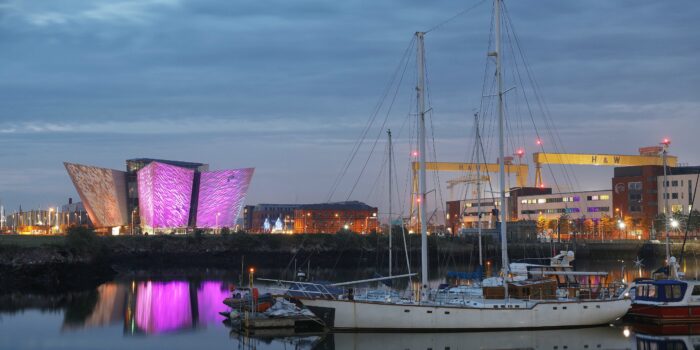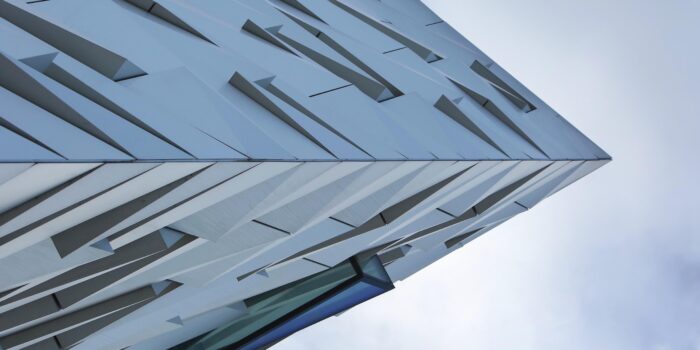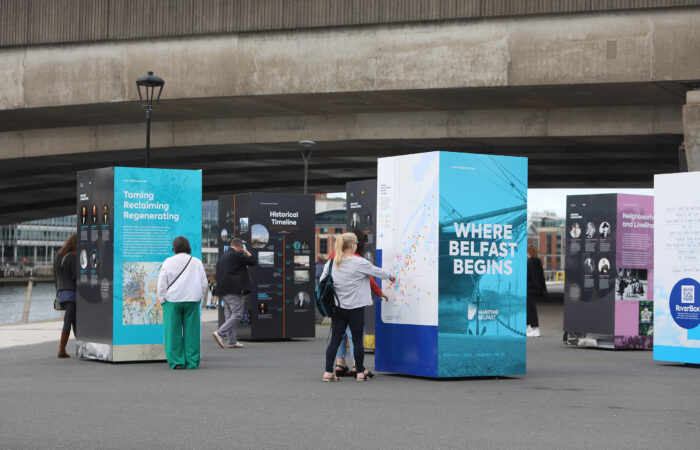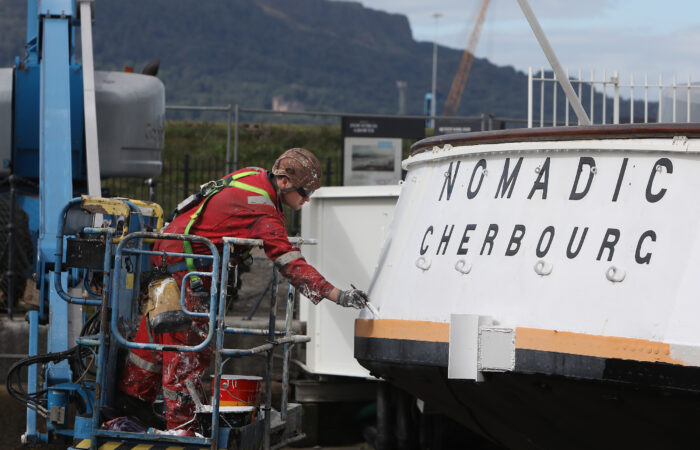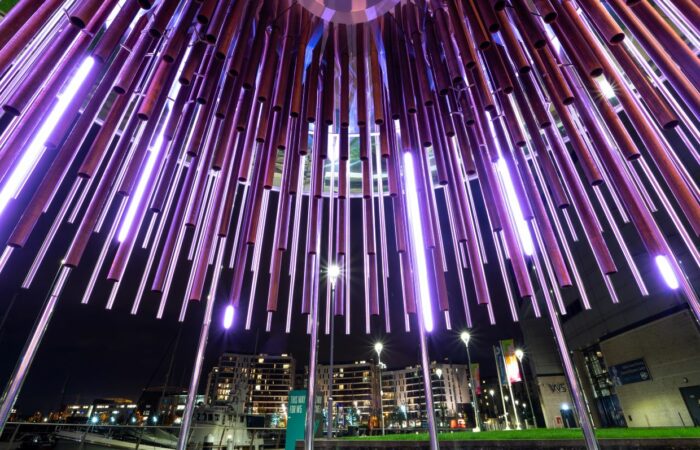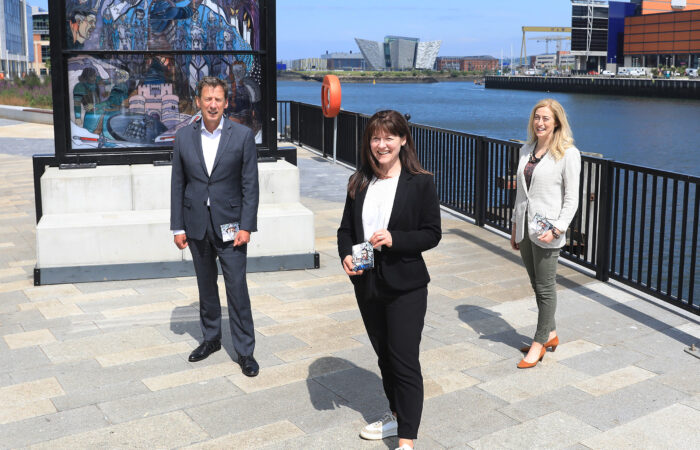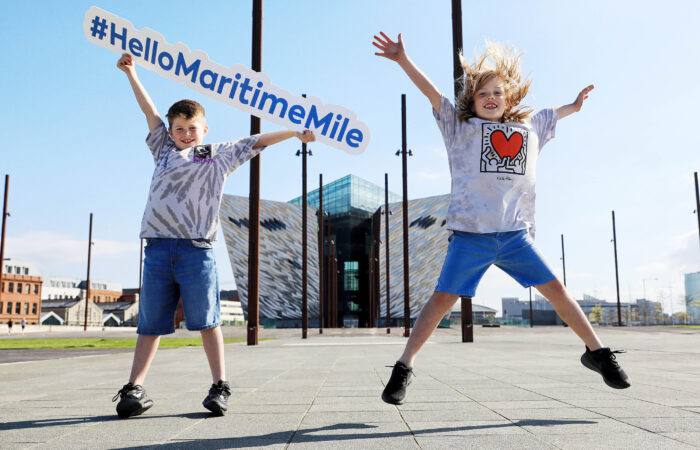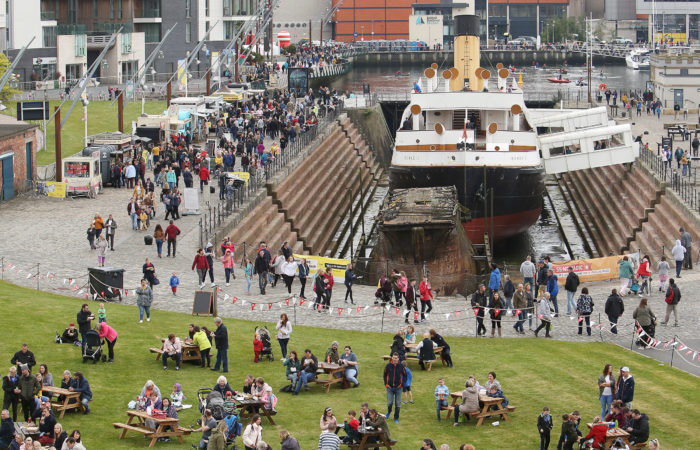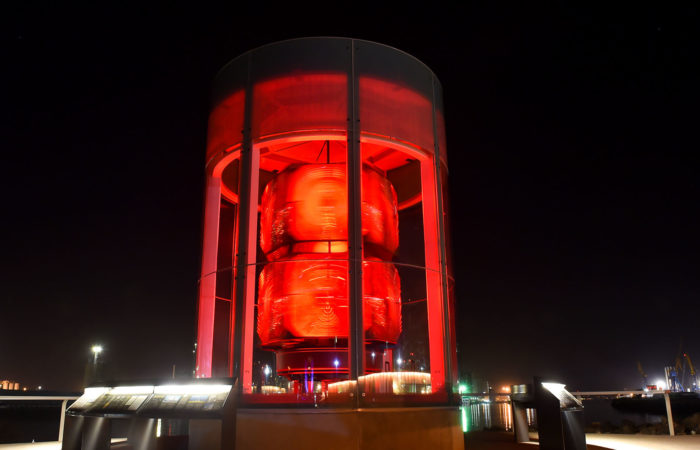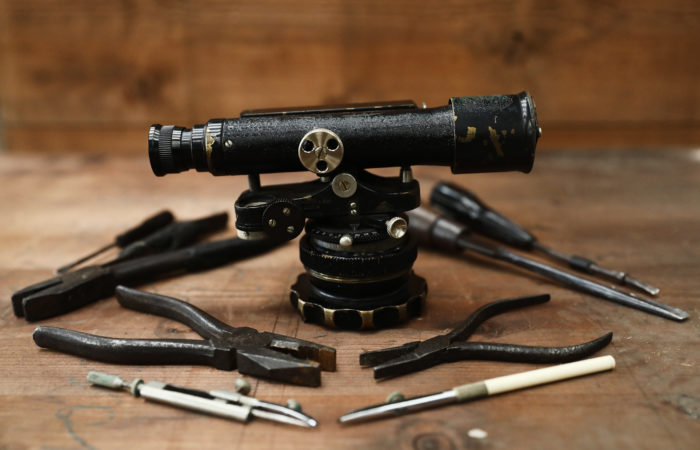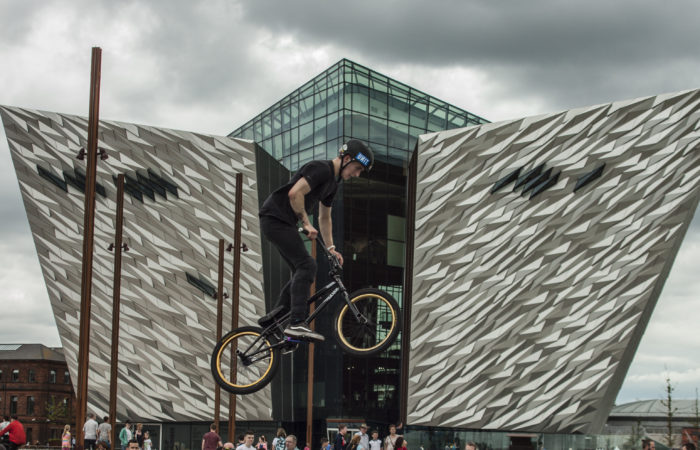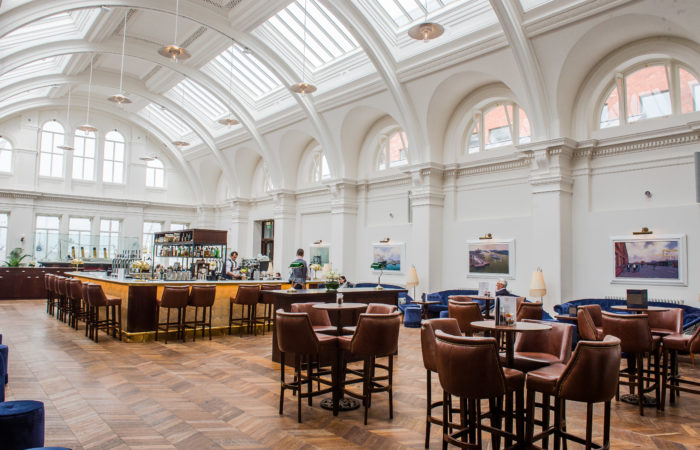Titanic Belfast
Titanic Belfast is an award winning visitor attraction and a monument to Belfast's maritime heritage on the site of the former Harland & Wolff shipyard.
What is Titanic Belfast?
Titanic Belfast is an 8-storey visitor attraction on the edge of the slipways where RMS Titanic was constructed more than a hundred years ago. The main exhibition consists of nine interpretative galleries drawing together special effects, a shipyard ride, full-scale reconstructions and innovative interactive features. In addition to the interpretative galleries, Titanic Belfast features a conference and banqueting suite on the upper floors, including a replica of the liner’s Grand Staircase, as well as a café, restaurant and gift shop in the ground floor atrium. The Andrews Gallery is available for temporary exhibitions, events, performances and meetings, and the Education Suite provides an education facility for schools and community groups. The Titanic Belfast building is owned by the Maritime Belfast Trust.
Who are Maritime Belfast?
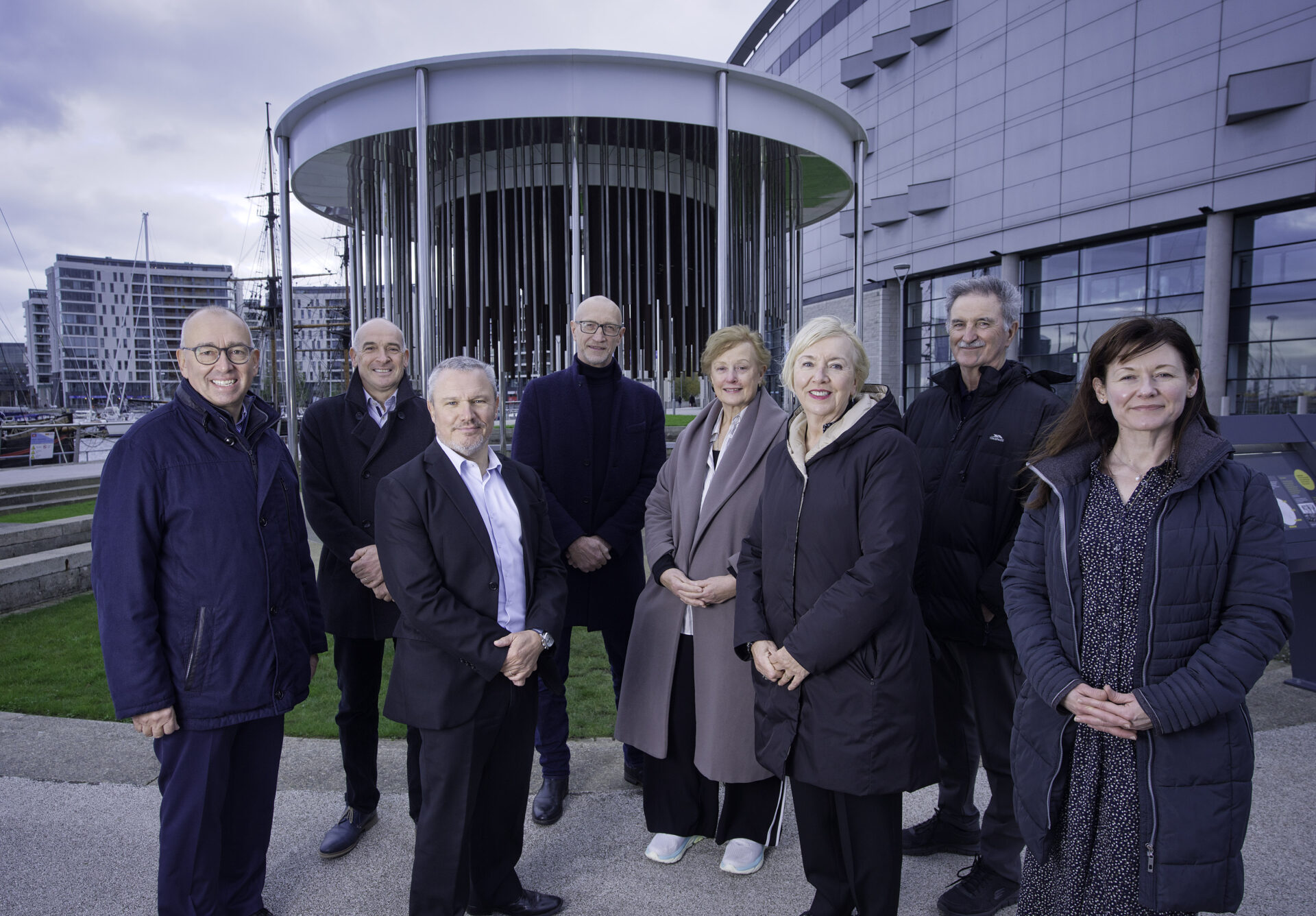
The Maritime Belfast Trust was established in 2008, then known as Titanic Foundation Limited, to deliver the Titanic Signature Project. In 2004 Tourism NI and Belfast City Council had recognised the need for a ‘must see visitor attraction’ in Belfast, and the unique position the city had as the birthplace of RMS Titanic. Over the following years a feasibility study and consultation were carried out and the Titanic Signature Project began to emerge. In 2006 the first planning application for the site in Titanic Quarter was submitted, and with the Northern Ireland Assembly taking responsibility for devolved matters in 2007, one of the first key decisions made was the investment in the Titanic Signature Project. In 2008 Maritime Belfast were established to deliver the project, and be the eventual owners and guardians of Titanic Belfast.
Who paid for Titanic Belfast?
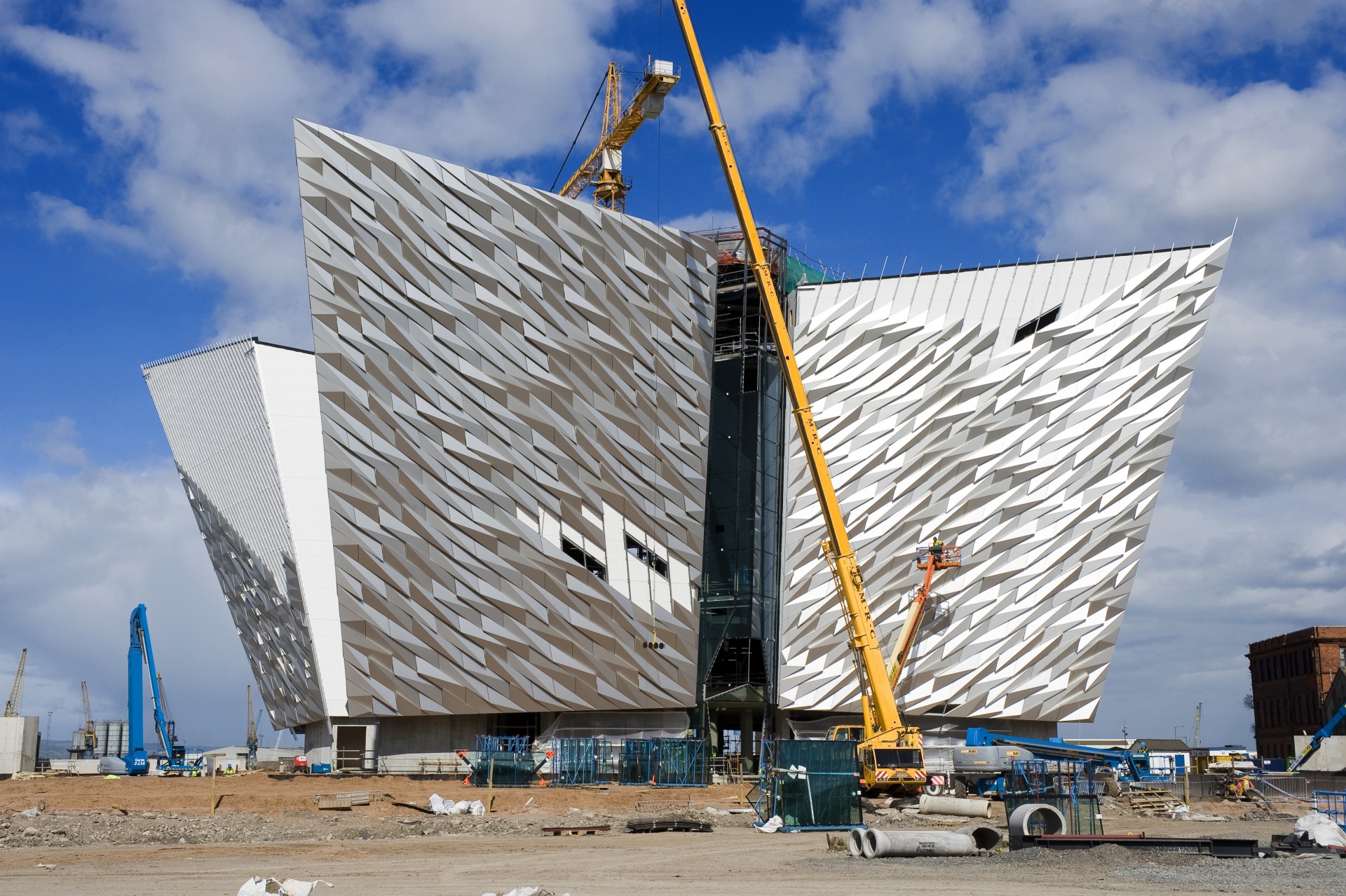
Funding for the Titanic Signature Project was a joint private & public investment via Tourism NI, Belfast City Council, Belfast Harbour Commissioners, and Titanic Quarter Limited. Each partner contributed different amounts: the largest donor was Tourism NI, who with their sponsor body the Department of Enterprise, Trade & Investment (DETI) contributed £36.95million, Belfast Harbour donated £13.6million, Belfast City Council £10million, and Titanic Quarter Limited donated £16.35million. As the majority of the funds were a significant public investment, the agreement was reached that the building would be owned and managed by the Maritime Belfast Trust.
How much did it cost to build? And what is that in today’s money?
Overall, the building cost £76million to complete. Works began in 2009, and the building was designed by architect Eric Kuhne, who was inspired by the shape of the prows of the ships that were once built in the shipyard, the White Star Line logo, ice crystals, and the points on a compass. The building was built by Harcourt Construction who are also shareholders of Titanic Quarter Limited. Eric Kuhne was responsible for creating the Titanic Quarter Masterplan in 2006.
In today’s money (2023) building Titanic Belfast would cost around £145million.
Who runs Titanic Belfast?
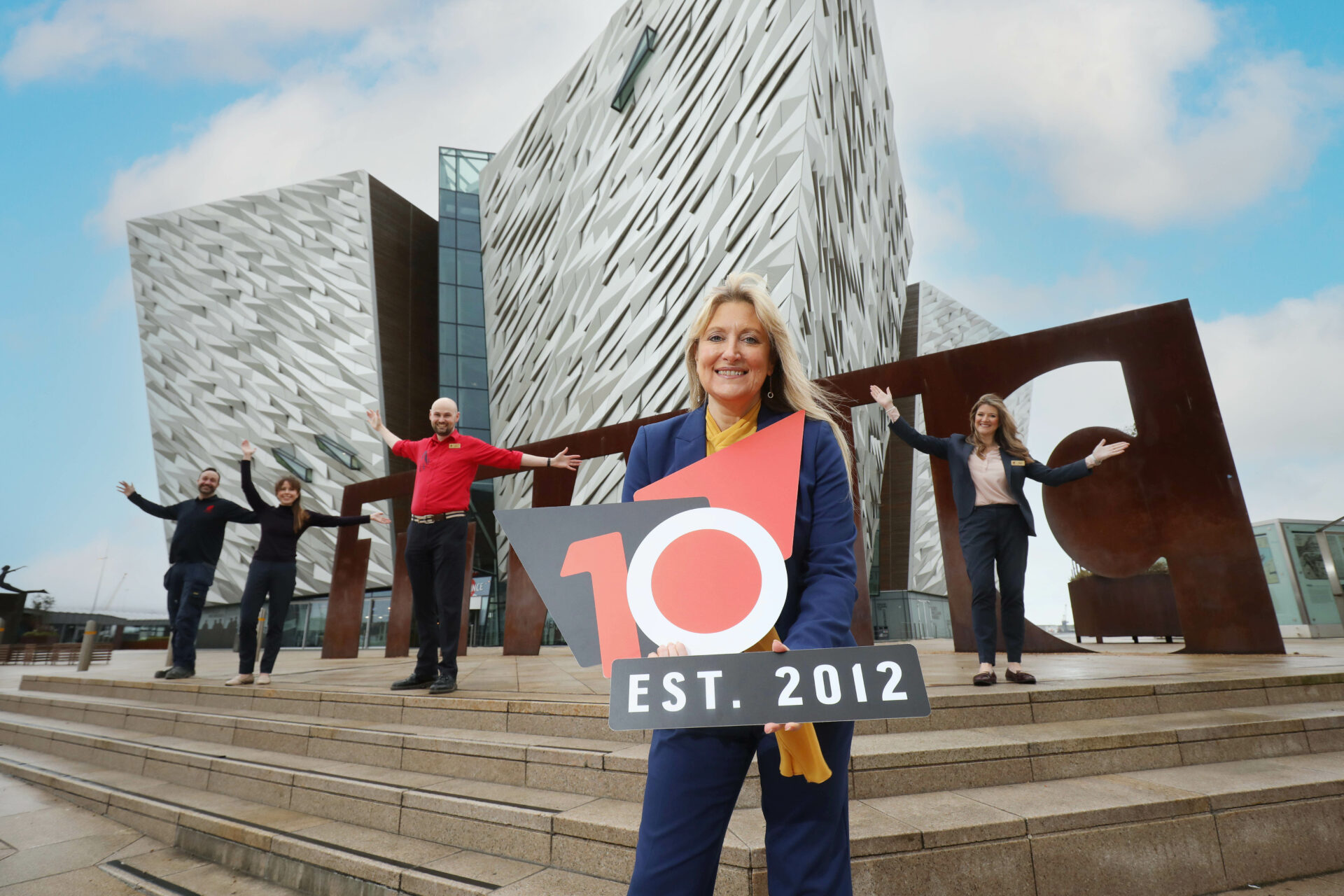
One of the key objectives of the Titanic Signature Project was that the building was financially viable and public sector support was minimised, so Maritime Belfast Trust ran a tender exercise to appoint an operator to run the visitor attraction. A newly created operator – Titanic Belfast Limited – were successful. They were brought in to start overseeing operations in 2011, and have run the building ever since – through the successes and challenges of the last decade. They are a commercial operator and pay a fee to Maritime Belfast Trust for the privilege of running Titanic Belfast through an operator agreement. They also report to the Trust on all of their activity, visitor numbers and are responsible for all the maintenance and upkeep of the building.
What is the Gallery Refresh Fund?
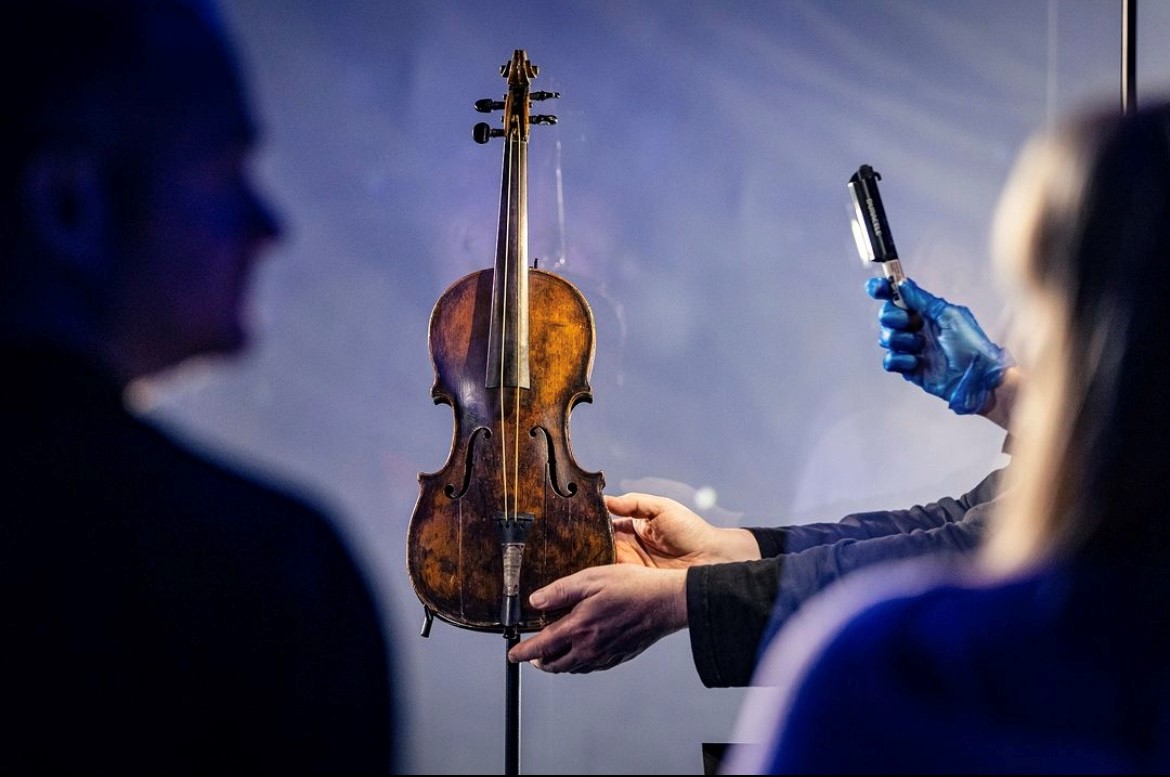
As part of the operator agreement, allowance was made for the gallery experience to be updated or ‘refreshed’ in the future. This would see new content added, new stories told, and new artefacts added to the galleries to ensure that the visitor attraction continued to be world class. The Gallery Refresh fund is paid by Titanic Belfast Limited to Maritime Belfast every year, and is held by the Trust while plans are developed for updating the galleries. The sum, which is significant, is held and accumulates until the operator submits proposals which is agreed by our trustees. Over the years the Launch Gallery was updated, and the Life on Board gallery added.
In 2023 a significant investment – £4.5million – has been spent on the final galleries in Titanic Belfast, adding a new ‘wow’ experience to the visitor attraction. As part of that we are incorporating some unique and breath-taking artefacts into the galleries.
What is Titanic Belfast’s economic impact?
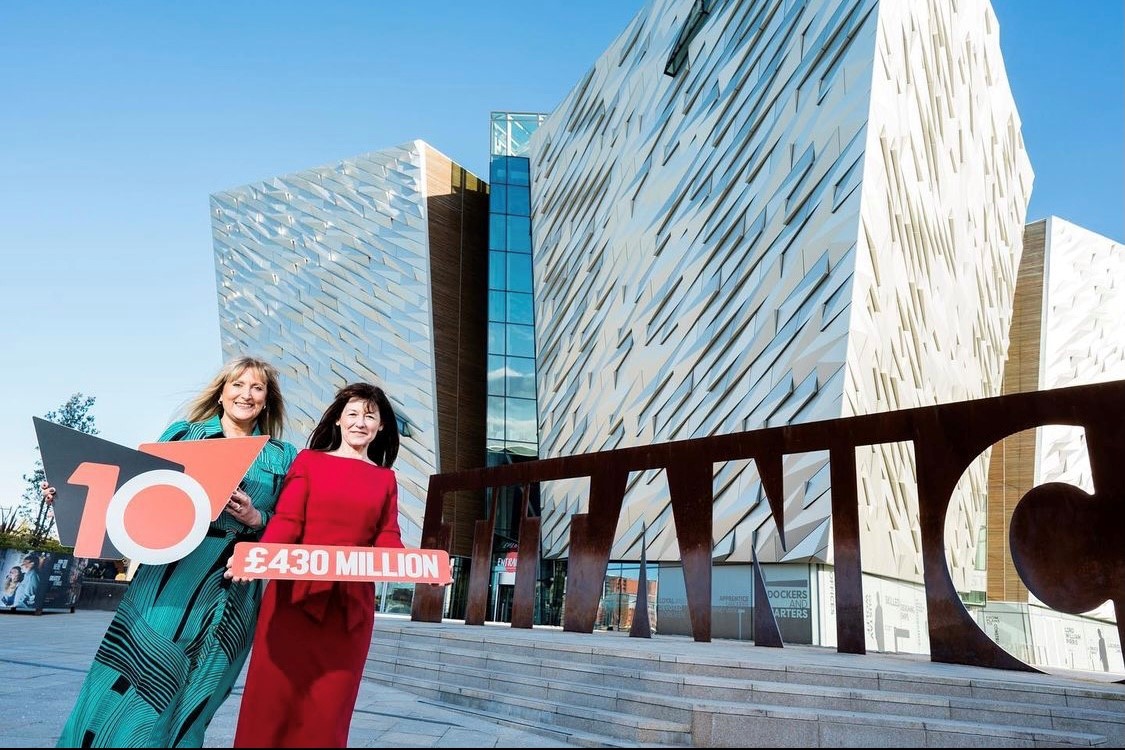
As the owners and guardians of Titanic Belfast, Maritime Belfast monitors the visitor attraction’s performance and economic impact to Belfast and Northern Ireland. It was clear that Titanic Belfast had exceeded all targets set for the first year with over 800,000 visitors. In its first three years of operations, Titanic Belfast had more than 2 million visitors, of which 70% came from outside Northern Ireland. The economic impact of those first three years was £105million, a significant achievement.
In the years since, we have brought Deloitte back in several times to update their research and get a better picture of how Titanic Belfast is contributing to the economy.
Ten years since opening, Titanic Belfast has made an economic impact of £430million, there have been over 7.5million visitors from 145 different countries, and Titanic Belfast has really established Belfast as the home of RMS Titanic.
You can read the Deloitte reports here.
Sustainability?
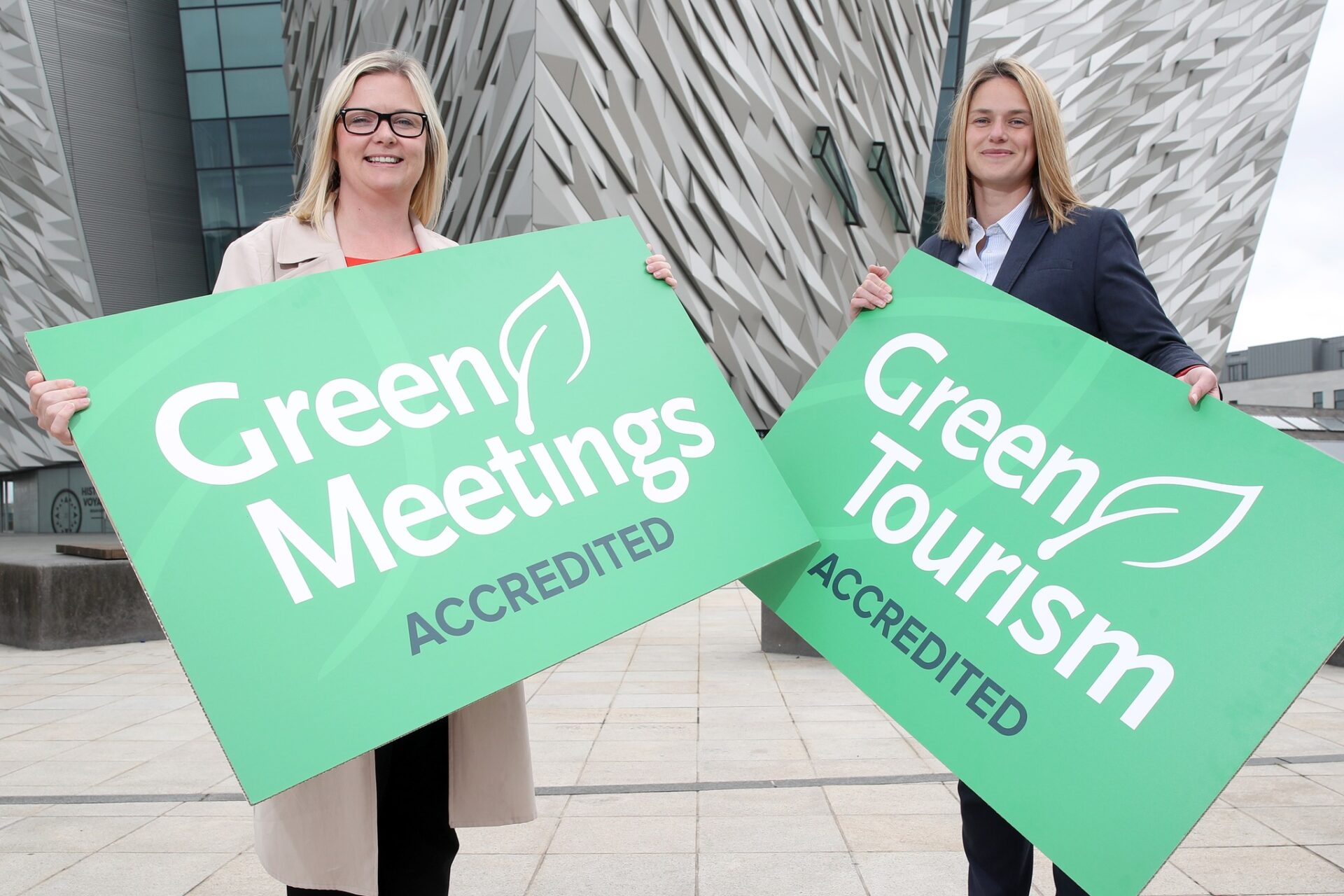
Titanic Belfast have been committed to sustainability from the initial conception as a BREEAM Excellent rated building including a number design features from combined heat and power micro-generation, efficient, low energy intelligent lighting and a rainwater harvesting facility.
Throughout the last ten years they have continued to implement lots of excellent initiatives and policies and their commitment has been recently awarded by becoming the first organisation on the island of Ireland to receive Silver Awards for the Green Tourism and Green Meetings accreditations.
The Silver Awards are in recognition of the extensive sustainability initiatives and policies they have put in place across the visitor attraction and the conference and banqueting facilities, which includes a number of ambitious goals including committing to reducing energy consumption by five per cent by 2030, removing all single-use plastic items by 2025 and aiming to become a zero-waste organisation by 2030.
For more information see Titanic Belfast’s Sustainability Charter
What’s the legacy of Titanic Belfast?
Income derived from Titanic Belfast has supported Maritime Belfast to preserve and protect Belfast’s maritime heritage, including taking on responsibility of the SS Nomadic in 2015 and supporting the restoration of the H&W Drawing Offices as part of Titanic Hotel Belfast. Titanic Belfast has also underpinned our wider role in Destination Management and development, delivering an iconic and animated heritage waterfront for the city.
